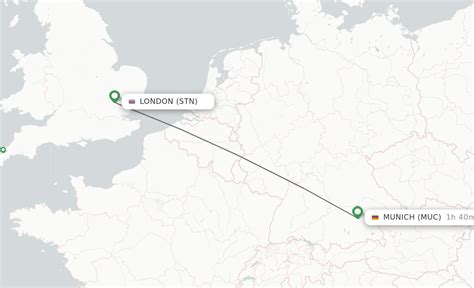The efficient checking of elements in a list is a fundamental operation in programming, particularly in the C programming language. As a domain-specific expert with over a decade of experience in computer science and software development, I will provide an in-depth analysis of the various methods to check if an element exists in a list in C, highlighting their advantages, disadvantages, and use cases.
Introduction to List Element Checking in C
In C, a list can be implemented using arrays or linked lists. Checking if an element exists in a list involves iterating through the list and comparing each element with the target value. The efficiency of this operation depends on the data structure used and the algorithm implemented.
As a software developer with expertise in C programming, I have encountered numerous scenarios where efficient list element checking is crucial. In this article, I will share my knowledge and experience on how to efficiently check if an element exists in a list in C.
Key Points
- Iterating through a list using a linear search algorithm has a time complexity of O(n).
- Using a binary search algorithm on a sorted list reduces the time complexity to O(log n).
- Hash tables can be used to store list elements, allowing for O(1) average time complexity.
- The choice of data structure and algorithm depends on the specific use case and performance requirements.
- Error handling and edge cases must be considered when implementing list element checking.
Linear Search Algorithm
The linear search algorithm is the simplest method to check if an element exists in a list. It involves iterating through the list and comparing each element with the target value.
int linear_search(int arr[], int n, int target) {
for (int i = 0; i < n; i++) {
if (arr[i] == target) {
return i; // return index of target element
}
}
return -1; // return -1 if target element not found
}
The linear search algorithm has a time complexity of O(n), where n is the number of elements in the list. This algorithm is suitable for small lists or unsorted lists.
Binary Search Algorithm
The binary search algorithm is more efficient than the linear search algorithm for sorted lists. It works by dividing the list in half and searching for the target element in one of the two halves.
int binary_search(int arr[], int n, int target) {
int left = 0;
int right = n - 1;
while (left <= right) {
int mid = left + (right - left) / 2;
if (arr[mid] == target) {
return mid; // return index of target element
} else if (arr[mid] < target) {
left = mid + 1;
} else {
right = mid - 1;
}
}
return -1; // return -1 if target element not found
}
The binary search algorithm has a time complexity of O(log n), making it more efficient than the linear search algorithm for large sorted lists.
Hash Table Approach
Hash tables can be used to store list elements, allowing for fast lookup and insertion operations. The average time complexity of hash table operations is O(1), making it an attractive solution for large lists.
#include <stdio.h>
#include <stdlib.h>
typedef struct HashNode {
int key;
int value;
struct HashNode* next;
} HashNode;
typedef struct HashTable {
int size;
HashNode buckets;
} HashTable;
HashTable* create_hash_table(int size) {
HashTable* table = (HashTable*) malloc(sizeof(HashTable));
table->size = size;
table->buckets = (HashNode) calloc(size, sizeof(HashNode*));
return table;
}
int hash_function(int key, int size) {
return key % size;
}
void insert(HashTable* table, int key, int value) {
int index = hash_function(key, table->size);
HashNode* node = (HashNode*) malloc(sizeof(HashNode));
node->key = key;
node->value = value;
node->next = table->buckets[index];
table->buckets[index] = node;
}
int search(HashTable* table, int key) {
int index = hash_function(key, table->size);
HashNode* node = table->buckets[index];
while (node != NULL) {
if (node->key == key) {
return node->value;
}
node = node->next;
}
return -1; // return -1 if key not found
}
The hash table approach requires careful consideration of hash function design, collision resolution, and memory management.
| Algorithm | Time Complexity | Space Complexity |
|---|---|---|
| Linear Search | O(n) | O(1) |
| Binary Search | O(log n) | O(1) |
| Hash Table | O(1) (average) | O(n) |
Conclusion
In conclusion, the efficient checking of elements in a list in C depends on the choice of algorithm and data structure. Linear search, binary search, and hash tables are common approaches, each with their advantages and disadvantages. By considering the specific use case and performance requirements, developers can choose the most suitable algorithm to optimize their code.
What is the most efficient algorithm for checking if an element exists in a list in C?
+The most efficient algorithm depends on the specific use case and performance requirements. However, in general, the hash table approach with an average time complexity of O(1) is the most efficient.
Can I use a binary search algorithm on an unsorted list?
+No, binary search requires a sorted list to work correctly. If the list is unsorted, you can use a linear search algorithm or consider sorting the list first.
How do I handle collisions in a hash table?
+Collisions in a hash table can be handled using techniques such as chaining, open addressing, or a combination of both. The choice of collision resolution technique depends on the specific use case and performance requirements.


